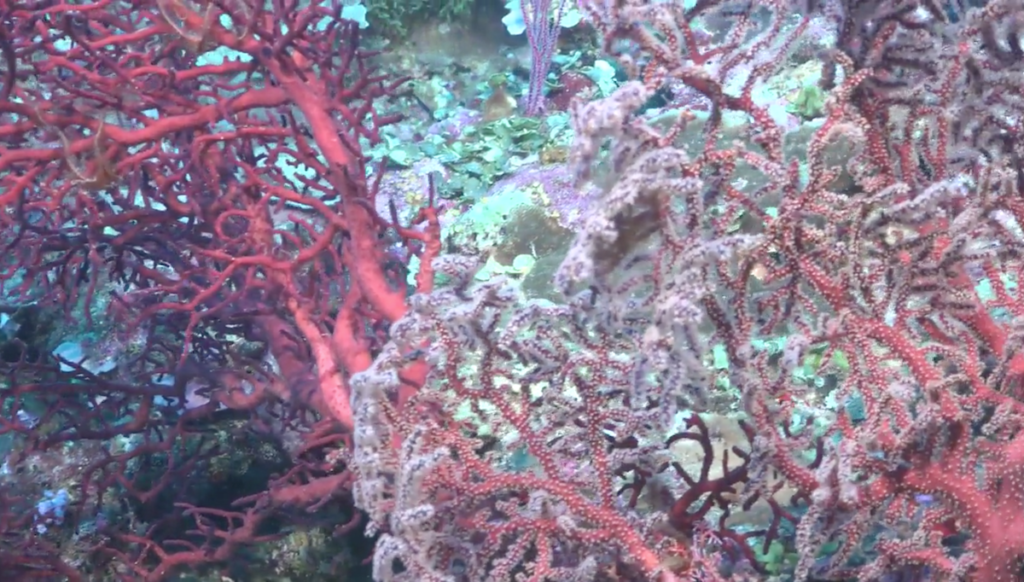
Explorers Discover Pinnacle of Coral Taller Than Empire State Building in Great Barrier Reef

Even now, even in shallow waters, the sea continues to surprise us with new wonders (many of them rich in “living fossils” like the chambered nautilus and various sharks).
Reefs are themselves fabulous living examples of multitudinous pace layers, not unlike the structural layers of a house Stewart Brand details in How Buildings Learn—only these buildings literally do learn, as scaffolded colonial organisms with their own inarguable (and manifold) agencies:
Explorers of the Great Barrier Reef have discovered a giant pinnacle of coral taller than the Empire State Building.
Mariners long ago charted seven pinnacle reefs off the cape that, by definition, lie apart from the main barrier system. Bathed in clear waters, the detached reefs swarm with sponges, corals and brightly colored fish — as well as sharks — and are oases for migrating sea life. Their remoteness makes the pinnacles little-studied, and Australia’s Great Barrier Reef Marine Park Authority has assigned them its highest levels of protection, which limit such activities as commercial fishing. One detached reef at Raine Island is the world’s most important nesting area for green sea turtles.
The new pinnacle was found a mile and a half from a known detached reef. Dr. Beaman, who formerly served in the Royal Australian Navy as a hydrographic surveyor, said he and his team were certain it was previously unknown. Its seven relatives, he added, were all charted in the 1880s, more than 120 years ago.
Join our newsletter for the latest in long-term thinking
Subscribe